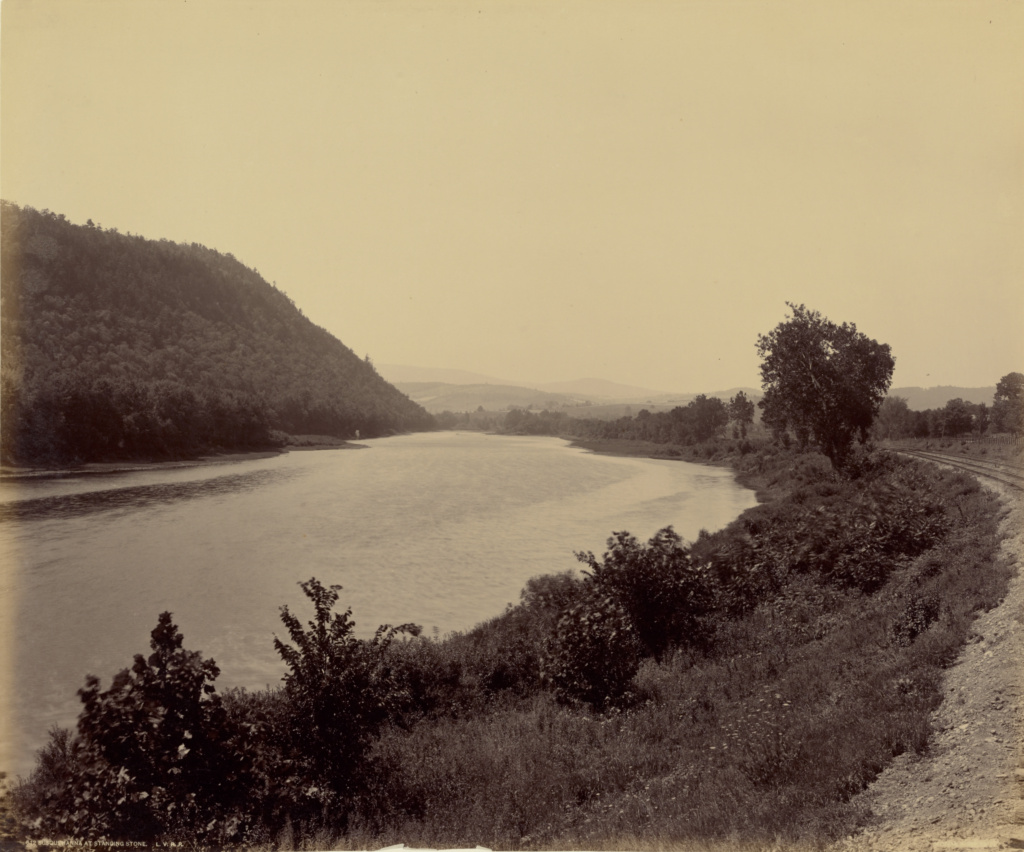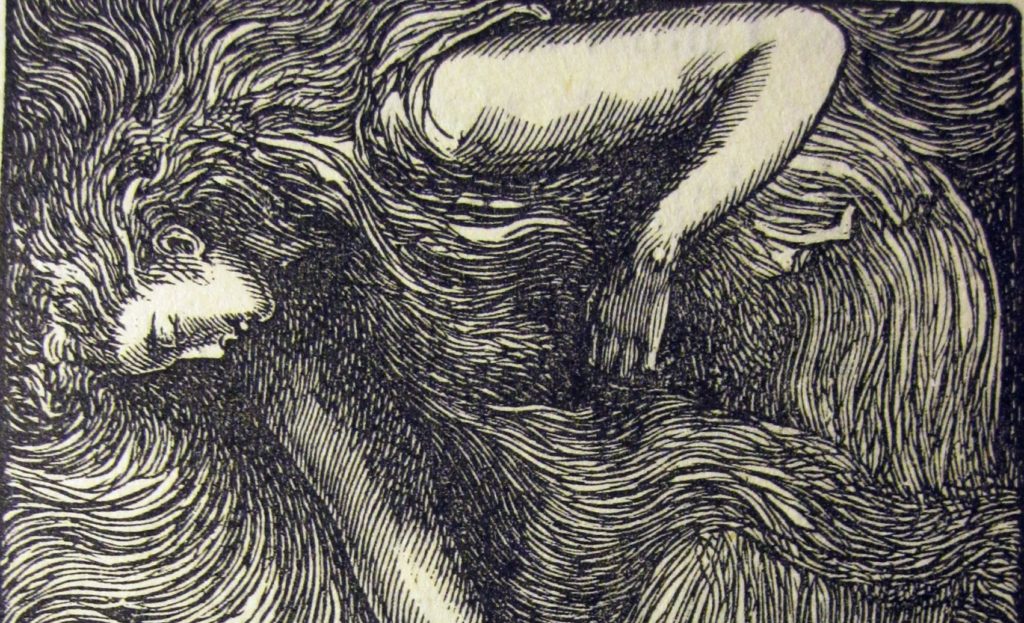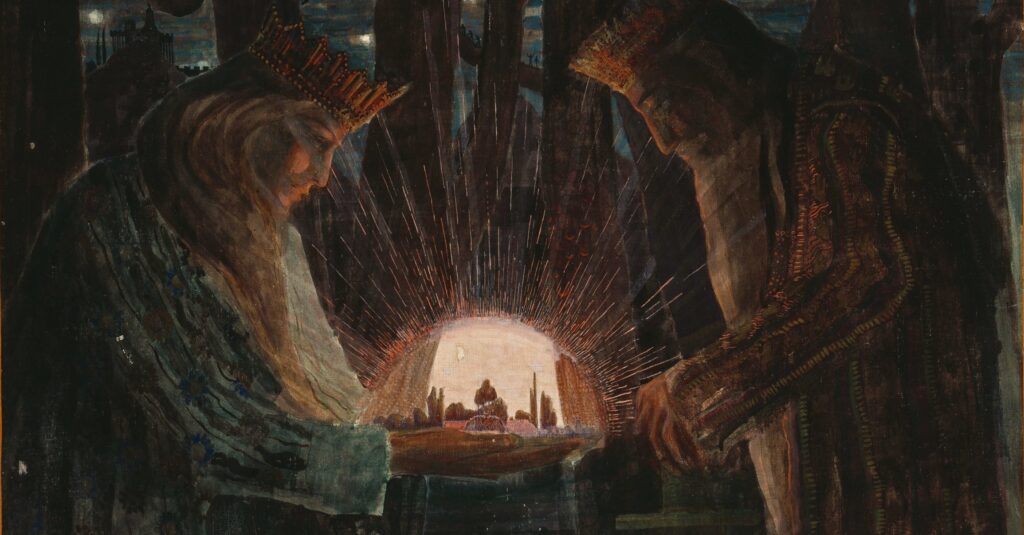
Captive Beauty
A review of Kenogaia by David Bentley Hart (Angelico Press, 2021)
In a mechanistic universe ruled by Newtonian laws of cause and effect; in a world where humans live effectively as prisoners, ruled by an all-powerful surveillance state wedded to a deistic state-sponsored religion, a small band of devoted followers have long been waiting and planning for the arrival of a being from beyond the known universe: a being who, not subject to this universe’s laws, will invade and subvert it from within, toppling its structures of false power and setting its prisoners free. This is the premise of David Bentley Hart’s new novel Kenogaia — a surprising, marvelous, gripping story from the mind of one of our time’s most powerful Christian thinkers. This tale of fantasy and adventure belongs on the shelf beside other books that transcend the categories of ‘children’s’ and ‘adult’ literature: the fairy tales of George MacDonald, Madeleine L’Engle’s space-time stories, and other fables that concern the spiritual core at the heart of nature, such as Wind in the Willows.
The story begins with thirteen year-old Michael Ambrosius, a boy living in Oreiotopia, a rural region of the world known as Kenogaia. Michael’s mother, imprisoned and tortured on charges of heresy by the state, is dead. His father Valentine, leader of the small circle of resistance-fighters, has been spending hours in front of a telescope at the top of an old tower at the edge of a forest. One day, on his way up the steps to his father’s watchtower, Michael sees a beautiful white bird outside a window. The bird looks at Michael with piercing, mesmerizing blue eyes, flapping its wings before the window, and then disappears.
This small encounter between Michael and the bird sets in motion events that will shake the characters, and Kenogaia itself, to its foundations. When he reaches his father’s observatory, Michael finds Valentine, as usual, hunched over his telescope. In a moment of weakness, Valentine confesses to his son that for weeks he has been tracking the movement of what he thinks is a new star. Such an event should not be possible according to all the canons of Kenogaian mechanistic orthodoxy: its universe, after all, is a closed and self-sufficient system ruled over by a supposedly benevolent, all-powerful deity known as the Great Artisan.
Although he immediately regrets confiding in the boy, it was a fortunate (or providential) mistake, because Valentine is taken prisoner that very night by the state to be rehabilitated at a ‘therapeutic’ institution—the penalty for transgressing the state’s anti-speculative laws. Michael, remembering the fate of his mother, is incredibly distraught, but to no avail. The boy, and the small circle of people around Valentine, are cast adrift. With his father imprisoned, the boy is effectively an outcast, shunned by everyone in his village except for his best friend Laura, her parents, and a few other members of the resistance.
How Michael keeps faith with his father’s hopes for a messianic incursion into the oppressively closed world of Kenogaia, and how Michael, Laura, and a boy named Oriens make their way far across the country under pressure of enormous spiritual and bodily peril, only to face more danger as well as treachery in Kenopolis (the capital city of Kenogaia) I will not tell. To do so would rob the reader of the thrill of following these characters themselves and experiencing vicariously the adventure as it unfolds. Let me only relate that the unflagging suspense of the story had me turning pages far more quickly than is my wont. A slow reader, it usually takes me at least a month to make it through a novel. I finished Kenogaia in half that time, often staying up late out of a stubborn refusal to let a chapter’s end mark my own point of unwilling rupture from the story’s enchanted and enchanting world. My thirteen year-old daughter — an inveterate reader who has read all of L’Engle and Jane Austen, along with hundreds of other books — sped through it in an even shorter time, telling me at the end that it was the best book she’d ever read.
The world of Kenogaia is richly imagined and described. It is no surprise that a writer of Hart’s caliber — who, although a scholar of the highest rank in the fields of religion and philosophy, has long been noted for his ability to write felicitously for a non-expert audience — can produce a pleasing turn of phrase. What was a surprise to me is his facility for descriptive writing and world-building. There is a palpable delight in sensory detail evident in the text, particularly in the descriptions of clothes, food, architecture, and landscapes: shoes and cravats, rich pastries, porphyry-lined loggias, and Marmorean woods all come alive under the spell cast by the author’s prose. This sensory richness, combined with its moral seriousness and clarity, create a fairy-tale spirit as clear as forest light. Kenogaian clothes and architecture seem vaguely Victorian, and its technology — aerial cars and so on — might invite the descriptor “steampunk,” except for the fact that Kenogaian engines run on something called phosphoric vapor, not steam.
Hart’s love of lexical abundance is on full display throughout the book. The place and character-names in the story are a mixture of Greek (called “the noble tongue”) and Latin (“the virtuous tongue”) interspersed with some Anglo-Saxon compounds such as “Brightrill” and “Glitterglass.” Readers who have dedicated some time to the classical languages will find many sparkling little gems throughout the book that they will be able to pick up and examine with delight. The novel’s title, for example, literally means “empty earth”; Kenopolis is “the empty city,” and so forth. More humorously, Hart makes a point of giving the scientific and technological arts of Kenogaia long and technical-sounding Greek names: such as ouranonomy (study of the laws of the heavens); anemophone (a sort of telephone which uses wind to carry the speaker’s message through tubes); phosphorion (literally ‘light bearer,’ a vapor lamp). There are many such examples of erudite wordplay in the book, and a reader learned in Greek will be able to decipher more than others.
The novel is interspersed with stanzas from the ancient Gnostic poem Hymn of the Pearl, and the narrative of Kenogaia repeats this archetypal story of exile and return. Hart makes no attempt to hide his book’s clear relationship to the Gnostic mythos: on the cover, the subtitle tells us that this is “A Gnostic Tale.” This, more than anything else (for there is nothing objectionable in the book), may deter readers who are concerned about the world-view they take in with their tale. If so, this would be an extremely sad state of affairs. As Hart has made clear in his recent non-fiction book You Are Gods, the Gnostic mythos — of spirits imprisoned in a world held captive by hostile spiritual powers — is deeply, inexpungibly written into Christianity itself, evident in everything from St Paul’s statement that “flesh and blood cannot inherit the kingdom of God” (1 Corinthians 15.50) to the American hymns of our grandparents’ generation (“This world is not my home / I’m just a-passin’ through”).
Rather than an opposing sect, Hart argues that Gnosticism is a stance, or one might even say a mood, of total resistance to the evil of the world. Clearly, many early sects that were later called Gnostic, such as the Marcionites and Manicheans, took this resistance to the point of denying the goodness of creation, refusing to believe that matter was created by the good God they worshiped. Both the early Christians and the Platonists refused to take this ultimate step, while keeping alive the Gnosic mood of resistance to the world of sin, death, and corruption. The Christian story thus has encoded within it a qualified Gnosticism, characterized by a persistent awareness of the two sides of life in the world: affirming that the world as creation is a realm of beauty and goodness (Genesis 1), while at the same time remembering that this world is held captive to death and corruption — “For we know that the whole creation groaneth and travaileth in pain together until now” (Romans 8:22).
The tendency for contemporary Christian conservatives to label disturbing cultural and technological phenomena such as transhumanism ‘Gnostic’ is likely to prejudice some readers against a book that advertises itself as “A Gnostic Tale.” I hope, however, that readers will put aside and hopefully abandon their prejudices while reading Kenogaia. After all, transhumanism could be called ‘Gnostic’ only in the most barely-applicable, tenuously analogical sense. Transhumanism does not claim to free the human spirit from its imprisonment in this world of corruption, but to eternally bind it. The life of a mind in the ‘Cloud’ as imagined by a transhumanist like Peter Thiel is not one freed from domination by the senses and lusts of physical life — escape from which is the one and only goal of the Gnostic search for salvation — but one in which sensual pleasure, greed, lust, desire for domination, and all the other vices of which humanity is capable are given an ‘immortal’ existence in the ‘Cloud,’ released from the only thing that limits their indulgence: biological existence in a finite body.
Kenogaia, more than any other text I have ever read, masterfully narrates the fundamental, undeniable truth of Christianity’s Gnostic ethos: that the beauty and goodness of this world is real, but subject to corruption. Hart places the Greek text of John 16:33 as an epigraph to the novel: “In the world ye shall have tribulation: but be of good cheer; I have overcome the world.” As the story makes clear, we are already free; the false powers of Kenogaia have already been conquered; the evil dreams of the archons of this world still persist, but only as the death-throes of an authority that has already been toppled from within. All that is needed is for us to wake up and refuse to participate in the evil structures of this world. When we do, we will find — as Valentine, Michael, Laura, Oriens, and their friends (and enemies) discover — that all that is beautiful in the world, when freed from the evil powers that bind it, persists in an age beyond corruption. For that beauty is the seed of an eternal life that can never die.
This is an Altum essay.
Chapter One of Kenogaia is available as a free preview on the author’s Substack website.
Author John Carr, after attending the Graduate Institute at St John’s College, taught humanities, Greek, and Latin for several years in classical schools. He recently left a homestead in the Green Mountains of Vermont to travel full-time with his family.
Note: Contributors to Altum share their own thoughts and do not represent ClassicalU.com or Classical Academic Press. If you are interested in writing for Altum, please complete the form at the bottom of our landing page.








Responses